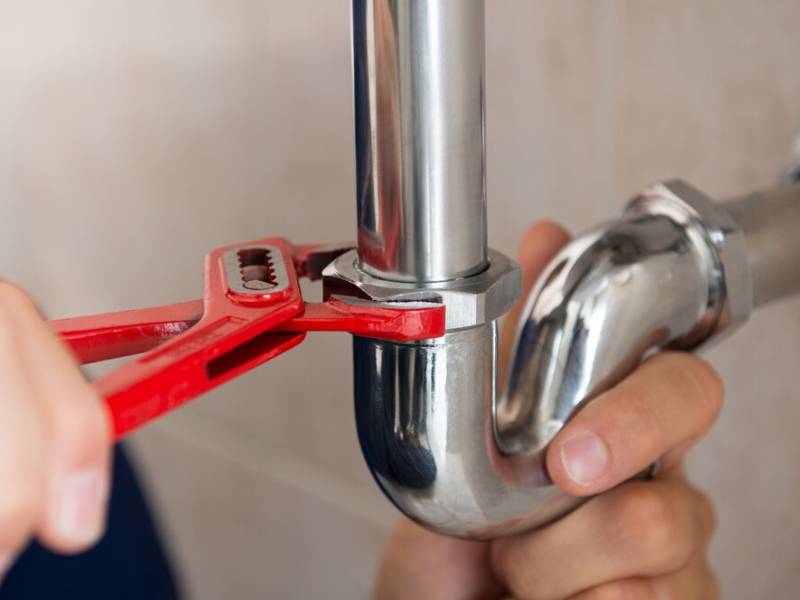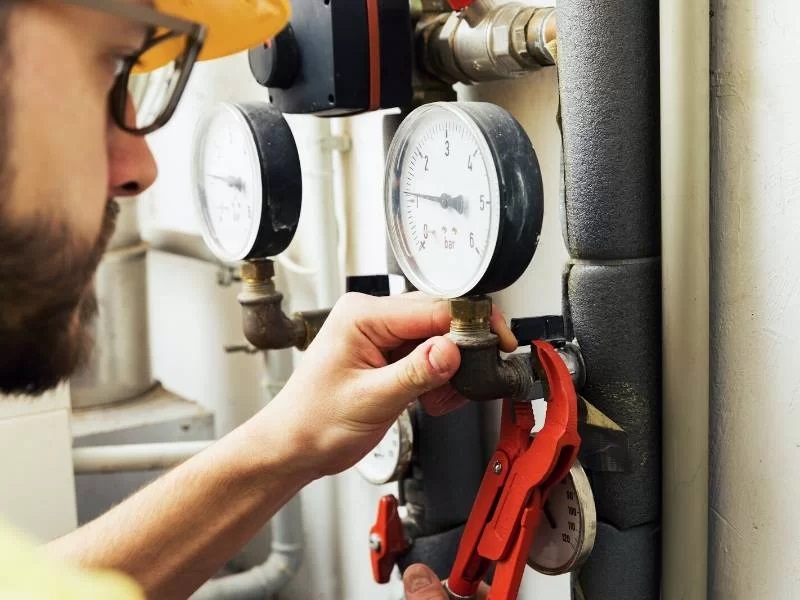Plumbing problems can be a real pain to deal with, and they often seem to arise at the most inconvenient times. Whether it’s a leaky faucet, a running toilet or clogged drains, these issues can disrupt your daily routine and cause damage to your property if not addressed promptly. Fortunately, you don’t always need to call a professional plumber to fix these common plumbing problems. With a little bit of know-how and some basic tools, you can troubleshoot and fix most plumbing issues on your own. In this article, we’ll offer tips on how to troubleshoot common plumbing problems and save yourself time, money, and frustration.

Clogged Drains
Clogged drains are a common problem in most homes, and they can be caused by a variety of things, such as hair, soap scum, grease, or food particles. One of the easiest ways to unclog a drain is by using a plunger. Place the plunger over the drain, and vigorously pump it up and down several times. If that doesn’t work, try using a drain snake to remove any blockages. You can also prevent clogs from happening in the first place by using drain covers, keeping grease and food scraps out of the sink, and pouring boiling water down the drain weekly to dissolve any buildup.
Leaky Faucets
Leaky faucets not only waste water but can also drive up your water bills. The most common cause of a leaky faucet is a worn-out washer that needs to be replaced. To fix this problem, you’ll need to turn off the water supply to the faucet, remove the handle and the nut underneath, and replace the washer. If this doesn’t solve the issue, you may need to replace the entire faucet.

Running Toilets
Another common plumbing issue is a running toilet, which can waste hundreds of gallons of water per day. This problem is usually caused by a faulty flapper valve or a damaged fill valve. To fix this, you can try adjusting the chain on the flapper valve or replacing it entirely. If you suspect that the fill valve is the problem, it may need to be replaced as well.
Low Water Pressure
If you notice low water pressure in your shower or sink, it can be due to several factors, such as clogged pipes, a faulty pressure regulator or a water leak. To troubleshoot low water pressure, start by checking the water shutoff valve to make sure it’s fully open. You can also remove the faucet’s aerator and clean any mineral buildup that may be causing the problem.
Overall, troubleshooting common plumbing problems can be a bit intimidating, but with a little effort and some basic tools, most issues can be resolved without the need for a professional plumber. Always remember to turn off the water supply to any fixture you’re working on, and follow safety precautions to avoid any accidents. If you’re still struggling to fix a plumbing issue, it’s always better to call in a professional plumber to avoid causing any further damage.

